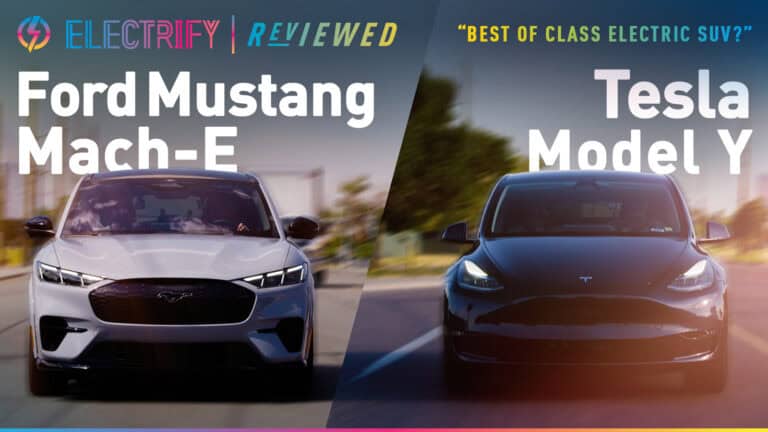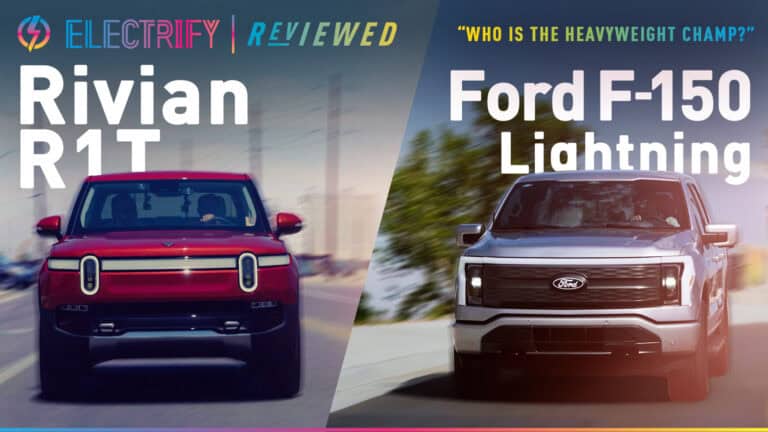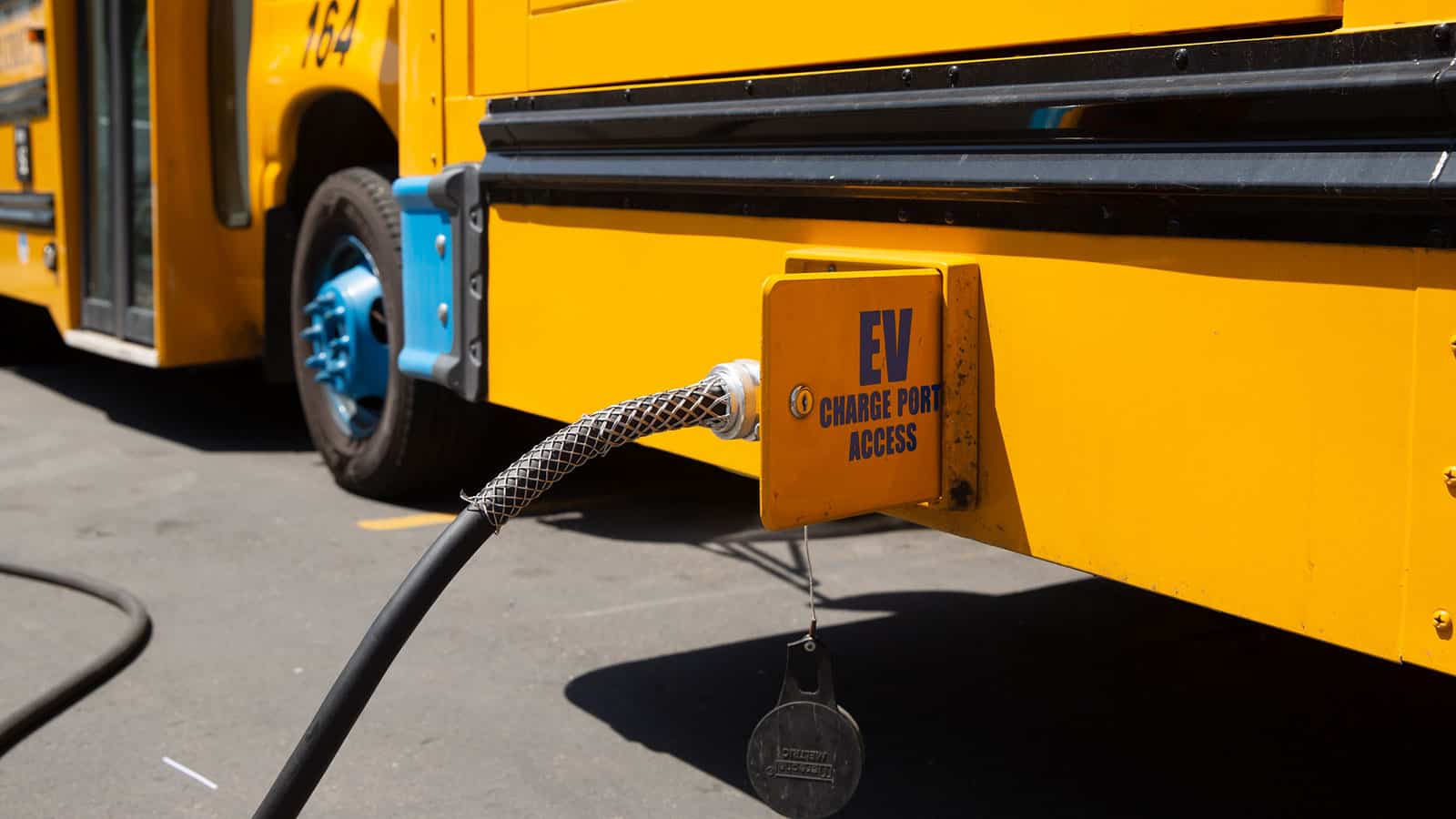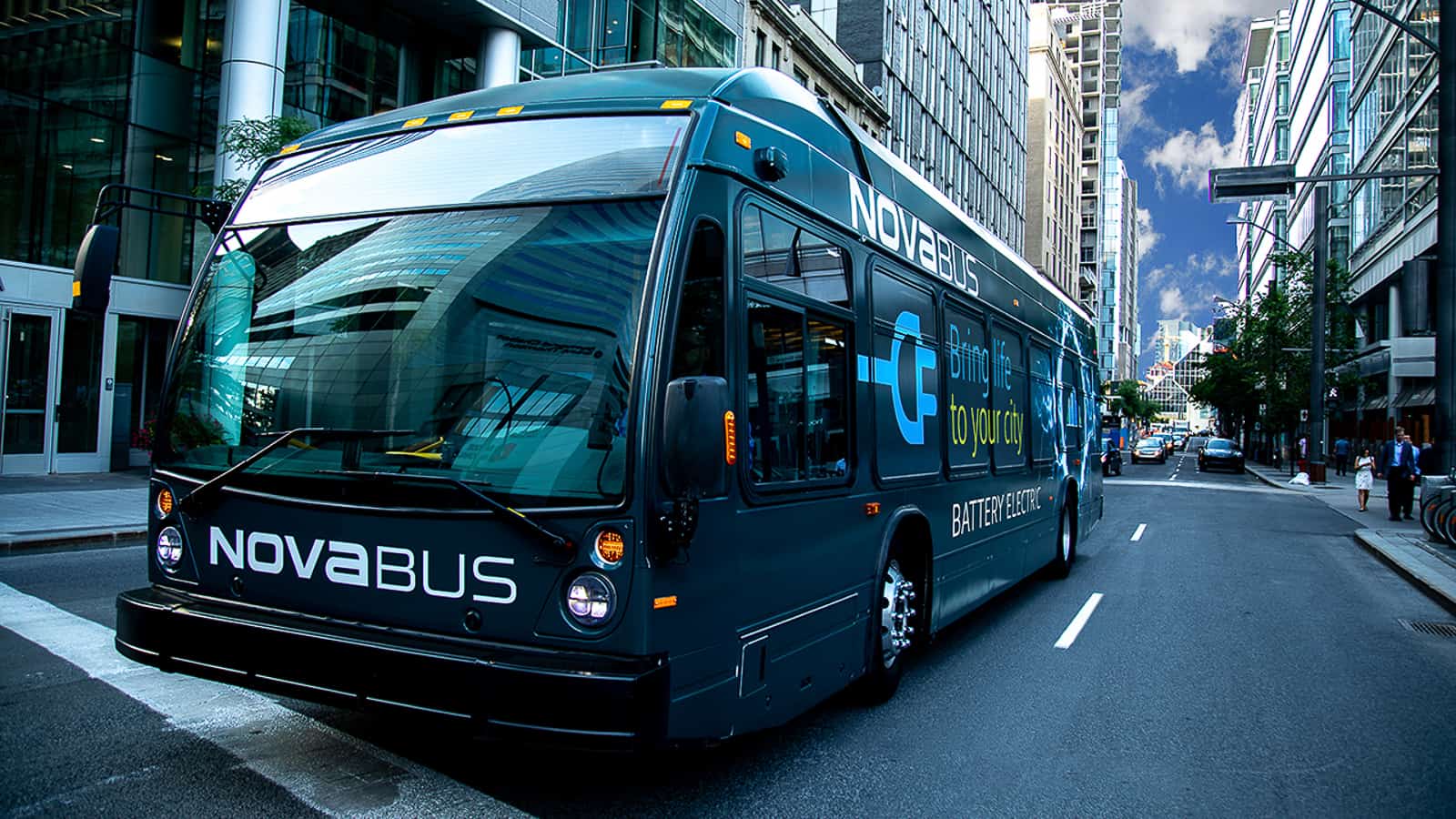- The American Lung Association recently released a report “Driving to Clean Air” that says we could save almost 90,000 people from premature deaths due to pollution.
- The country could also see greater cost savings in public health and work productivity.
- If the U.S. switches to 100% zero-emission passenger vehicles and non-combustion renewable energy by 2035, these impacts could be felt by 2050.
A recent report from the American Lung Association showed that a nationwide transition to zero-emission cars could have a huge impact on air quality and public health. Titled “Driving to Clean Air: Health Benefits of Zero-Emission Cars and Electricity,” the report projects that there could be 89,300 fewer deaths and $978 billion in public health benefits by 2050 if we moved to 100% zero-emission passenger vehicles and clean, non-combustion electricity sources by the year 2035.
The American Lung Association’s Key Findings
The association shared its key findings up at the top of the study, noting the numbers we could reach if we made these changes:
- $978 billion in public health benefits
- 89,300 fewer premature deaths
- 2.2 million fewer asthma attacks
- 10.7 million fewer lost workdays
In order to achieve this, the report says that state and federal governments need to implement stronger standards and take advantage of new funding programs in order to speed up the transition away from combustion to zero-emission technologies.
The American Lung Association’s report follows the U.S. Environmental Protection Agency’s proposed rule for stricter emissions standards, which could result in two-thirds of new passenger vehicles being zero-emission by 2032. The EPA is currently seeking feedback on this proposal.
How Air Quality Impacts Public Health

The “Driving to Clean Air” report emphasizes the disproportionate impact that air pollution has on low-income communities and communities of color. About 120 million people here in the U.S. live in areas with unhealthy air pollution levels, and the people who live in our country’s most polluted areas are commonly people of color and the poor.
“Too many communities across the U.S. deal with high levels of dangerous pollution from nearby highways and other pollution hot spots. In addition, the transportation sector is the nation’s biggest source of carbon pollution that drives climate change and associated public health harms. This is an urgent health issue for millions of people in the U.S.,” said Harold Wimmer, president and CEO of the American Lung Association.
“Fortunately, the goal of transitioning passenger vehicle sales to zero-emission, and the resulting health impacts, are within reach. EPA’s proposed rule is a great first step, and a growing number of states are adopting 100% zero-emission vehicle standards as a pathway to reducing harmful emissions and improving health.”
Building upon their ”Zeroing In On Healthy Air” report, the American Lung Association is calling for strong pollution limits on new cars and urging our leaders to invest in policies that promote the widespread adoption of zero-emission vehicles.
You can read the full “Driving to Clean Air” report here.

SOURCE | IMAGES: AMERICAN LUNG ASSOCIATION | ALEKSANDR KOZLOVSKII
FTC: We use income-earning auto affiliate links. Learn more.











